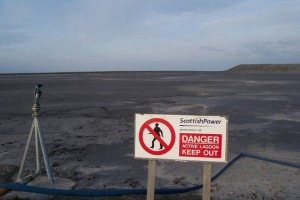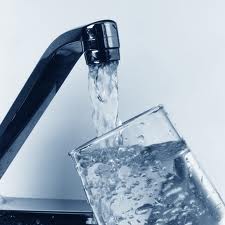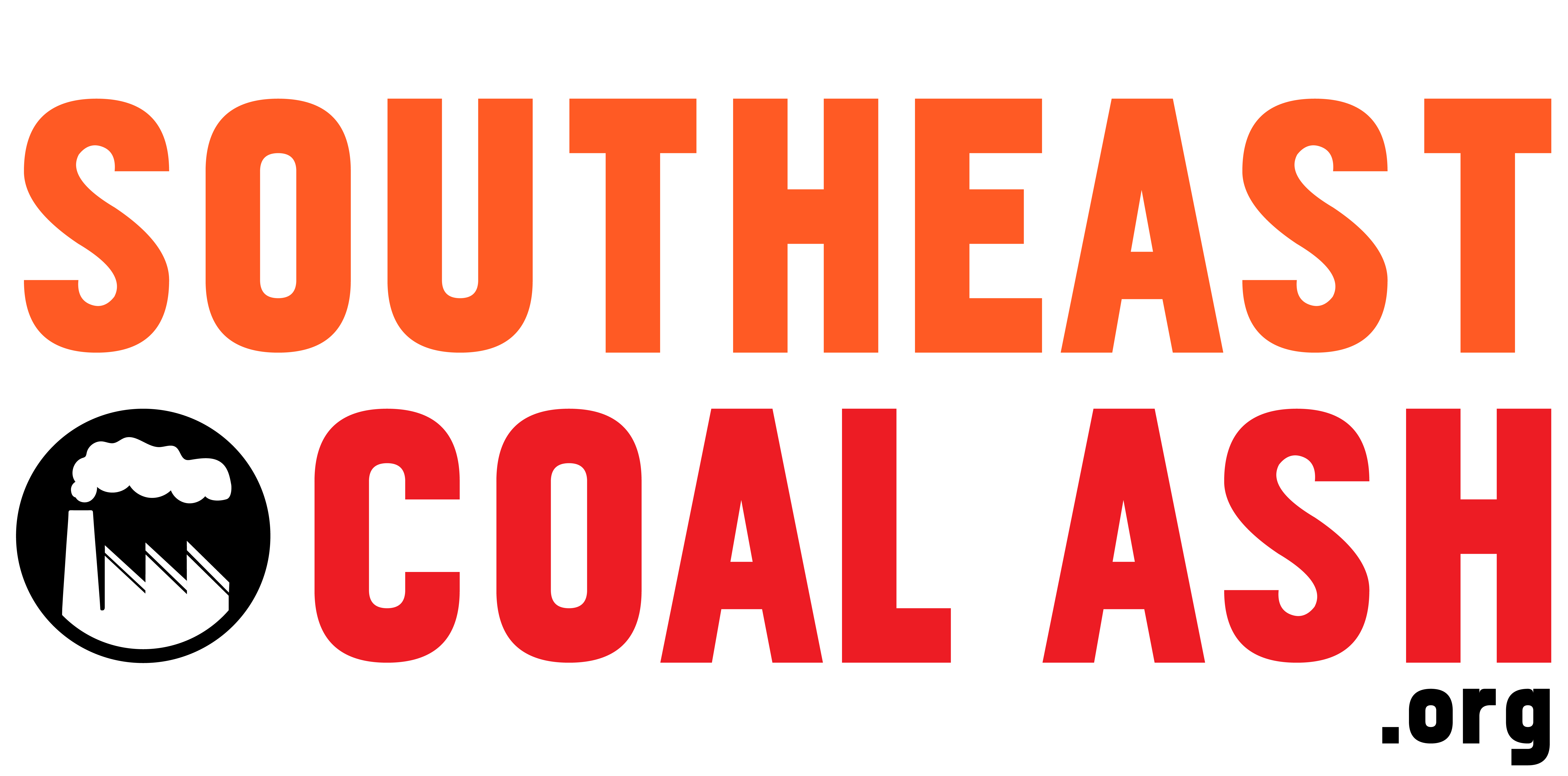What Is Coal Ash?
Coal ash is the toxic-laden waste left behind after coal is burned for energy. Coal-fired power plants in the US produce 140 million tons of coal ash waste every year. Coal ash waste contains many heavy metals and other toxic elements, which are concentrated in the ash when they are prevented from escaping through the plants’ smokestacks.

Image Credit: James TM Towill, via Wikimedia Commons
Generally, the ash is collected and then transported to large coal sludge “ponds,” i.e. lagoons, or to dry landfills, where it is stored indefinitely. The riskiest of the coal ash storage facilities are lagoons, where the toxins in coal ash essentially dissolve into the water they are mixed with. This toxin-filled water sits behind earthen dams where it can leak into groundwater, and is also frequently sent, still laden with contaminants, back into rivers and lakes – both recreational waters and drinking-water sources.

Image Credit: Manojkiyan via Wikimedia Commons
What’s In Coal Ash?
The toxic contaminants in coal ash severely damage human health and the environment. These contaminants include arsenic, lead, mercury, selenium, cadmium, and chromium, to name a few. Alarmingly, most of the storage facilities for coal ash don’t have any waterproof liners to prevent these toxins from leaking into groundwater and contaminating aquifers and public waterways.
EPA’s draft risk assessment on coal ash found that the cancer risk from drinking water contaminated with arsenic from coal ash disposed of in unlined lagoons is as high as 1 in 50, and is especially high for children. This is 2,000 times EPA’s regulatory goal for acceptable cancer risk.
Who’s At Risk?
Anyone near a coal ash impoundment, especially a wet impoundment or “lagoon”, is in danger, and there are a lot of these lagoons in the Southeast. Lagoons rely on earthen dams to hold back ash and wastewater; these dams can leak, or even collapse altogether, as happened at the Tennessee Valley Authority’s Kingston coal plant in 2008. The Kingston disaster contaminated over 300 acres of surrounding property, poisoned two nearby recreational waterways, and tore full-grown trees out of the ground as it destroyed homes and other property in its path.
Even absent a catastrophe like Kingston, coal ash waste dumps – both wet and dry – pose a threat to everyone in the surrounding area. Water contaminated with coal ash pollutants has been known to move more than a mile from coal ash dump sites. Dry landfills also pose dangers to drinking water and aquatic life, and damage air quality when the fine dust from these containment facilities is blown into surrounding neighborhoods.
What’s Being Done to Protect Us From These Toxins?
On December 19, 2014, nearly six years after the Kingston Disaster, EPA released the Disposal of Coal Combustion Residuals from Electric Utilities final rule otherwise known as the coal ash rule. EPA is now regulating coal ash under the Resource Conservation and Recovery Act (RCRA), but despite the clear risks, the agency declined to classify the toxic substance as “hazardous” under RCRA. This means that states are not required to implement the rule and the federal government is not enforcing the rule—leaving enforcement to the utilities (and other owners) themselves, the states, and via citizen suits.
Unfortunately, state standards are both inconsistent and insufficient, and industry lobbyists and certain members of congress are trying to strip EPA of its authority to provide science-based protections to the American people.
Create-Your-Own Coal Ash Report
Full control to create the report of your choosing listing coal plants with ash impoundments in the Southeast.
Create your report NOW!
